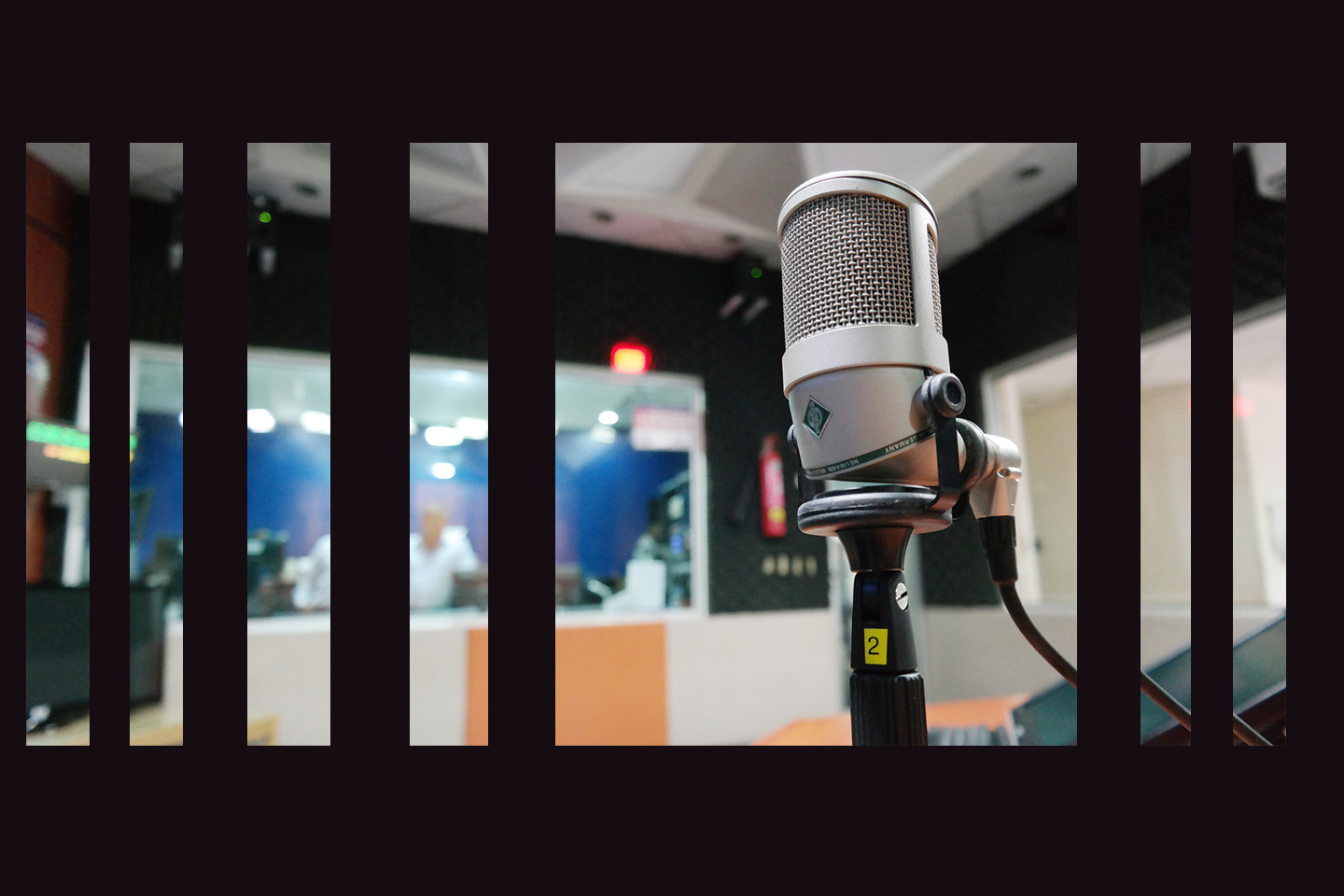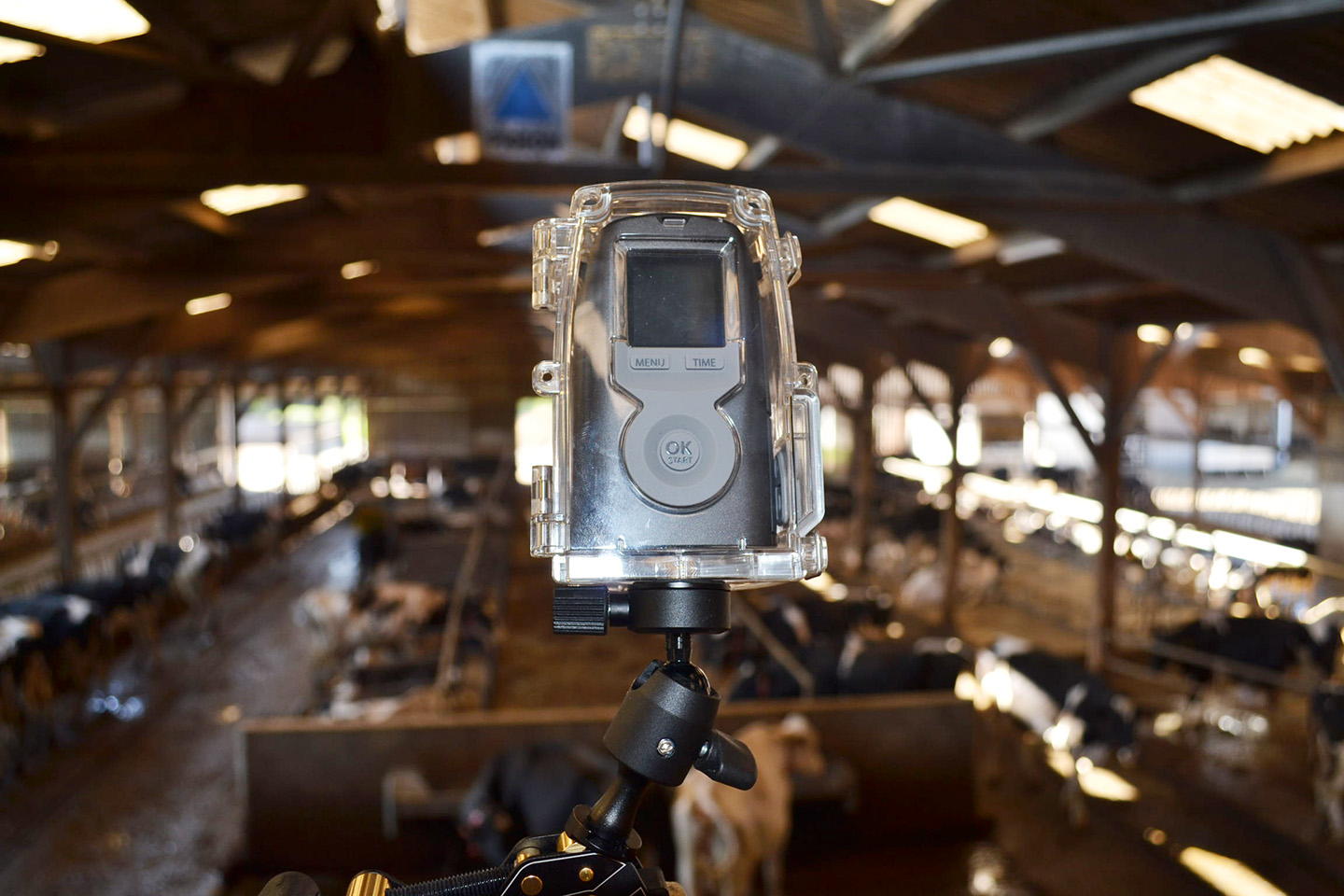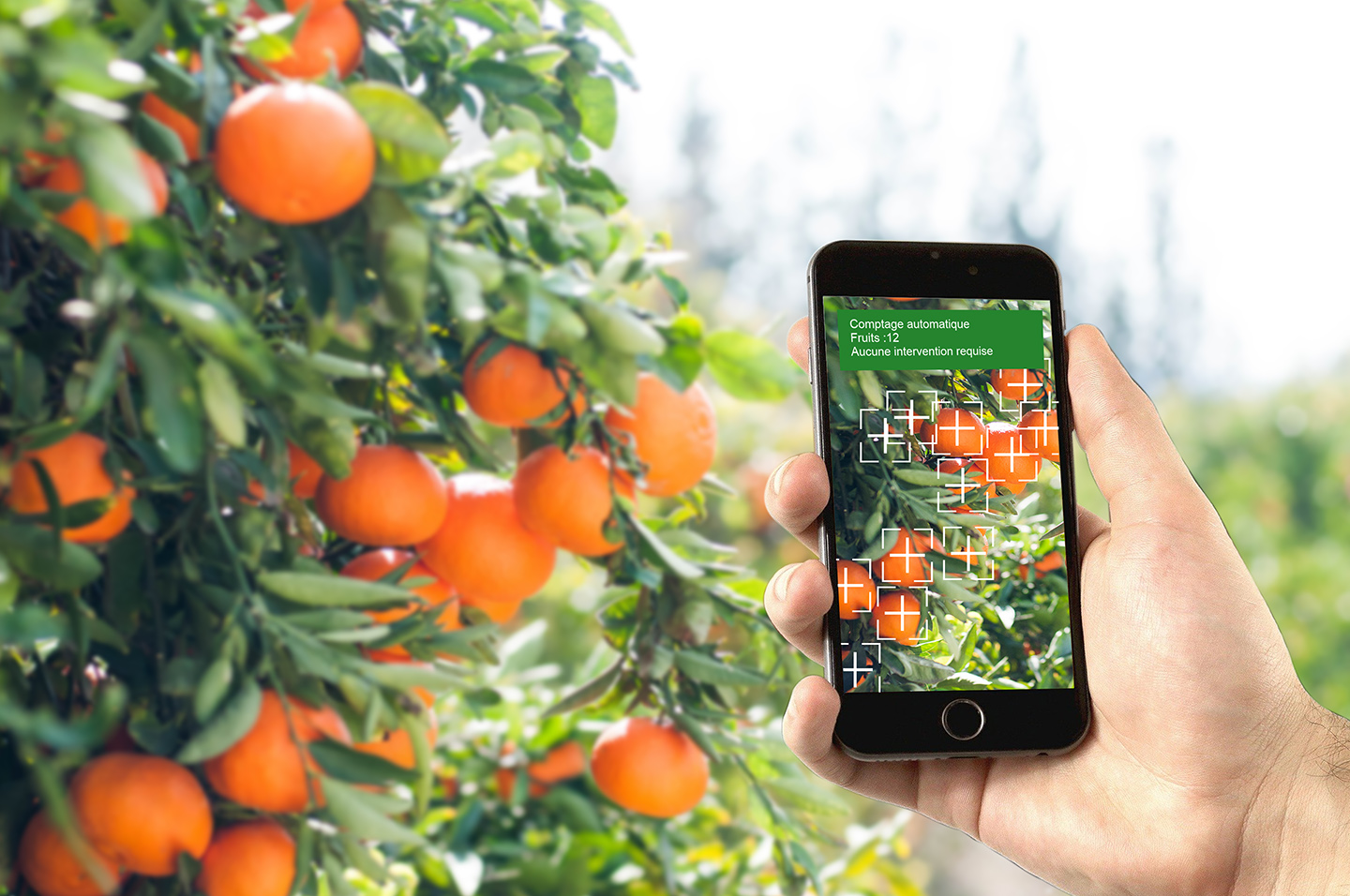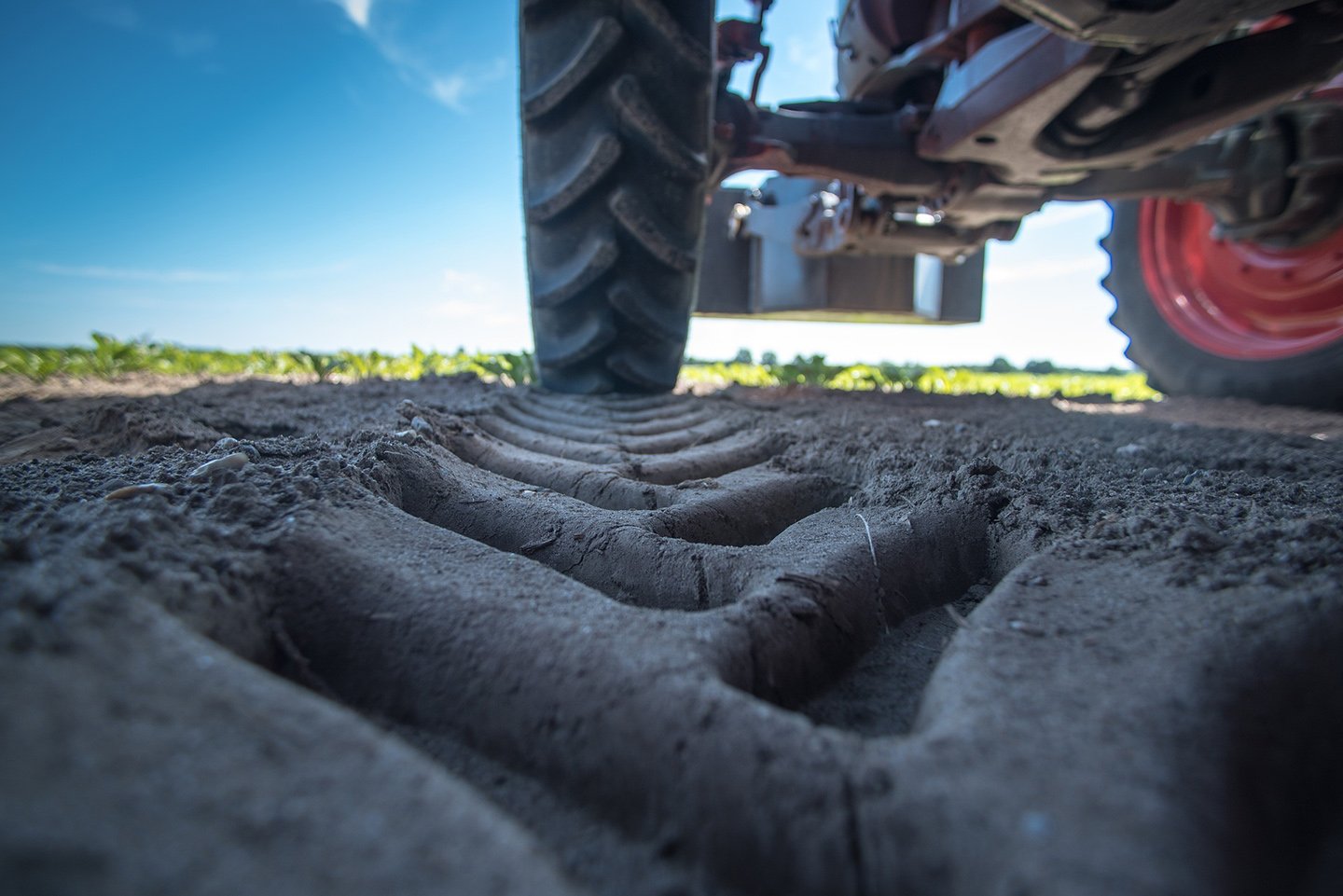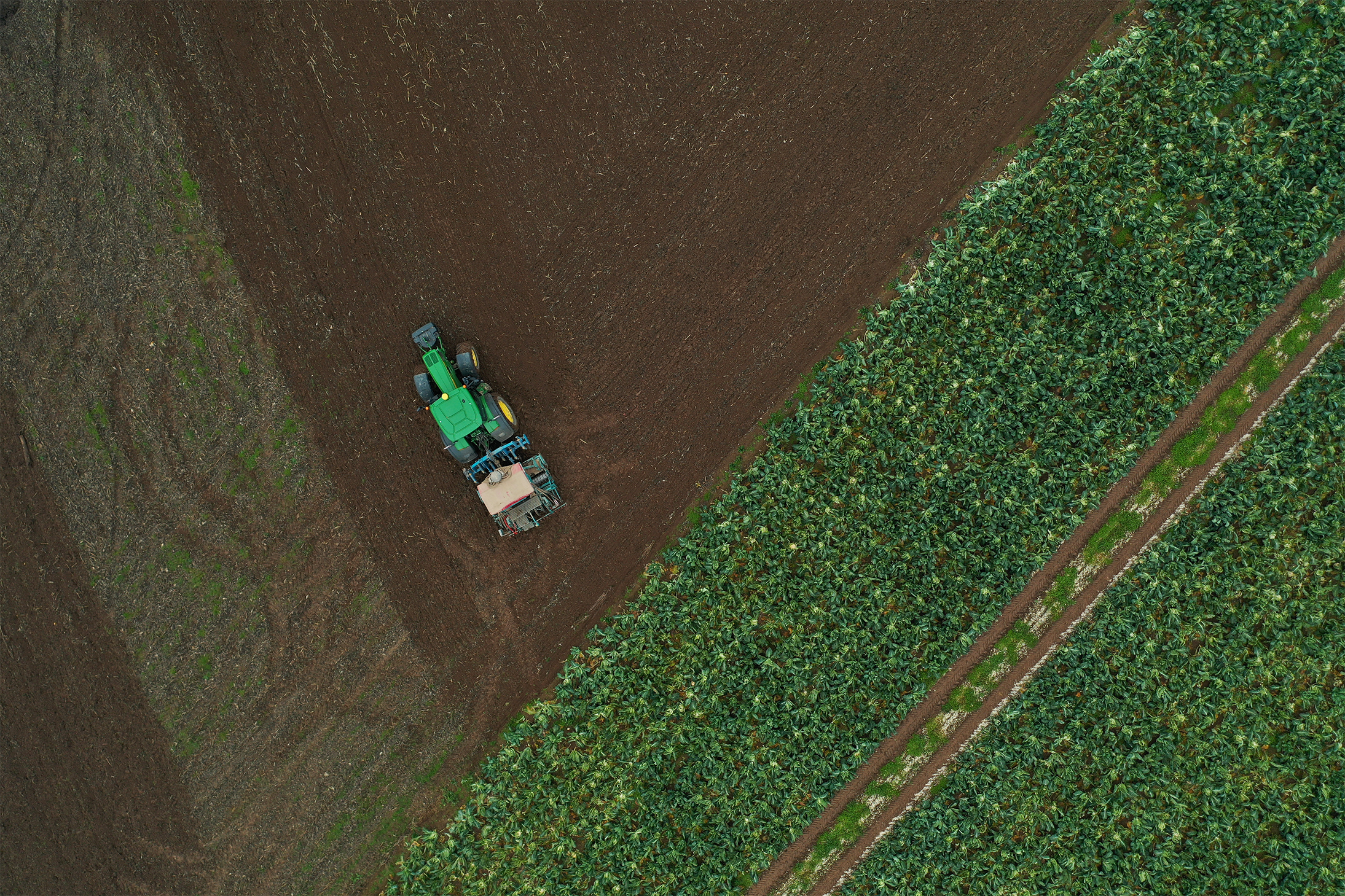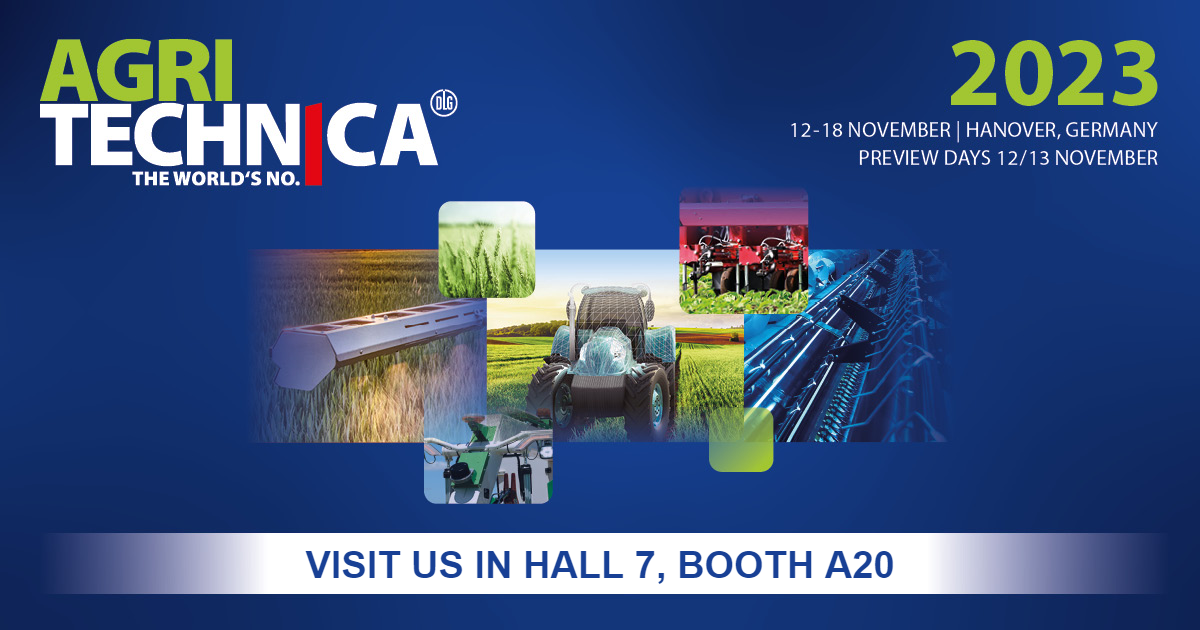Uses of computer vision in agriculture
Guest of Maurice Thuriau and Clément Moutiez of RCF, Alban Pobla, CEO of Dilepix lent himself to the game of questions and answers and sheds light on the uses of computer vision and the use of Artificial Intelligence for agriculture.
In this interview, Alban talks about the missions of Dilepix, the origins of the Rennes-based start-up and the advantages of its real-time monitoring solutions for livestock and crops. "We use Artificial Intelligence to automatically detect production risks such as insect pests, diseases or weeds in crops. For livestock, such as cattle for example, our technologies monitor animal behavior by detecting lameness, problems accessing water or the trough, time spent lying down to ruminate, heat detection or calving... " He explains.
Artificial intelligence, a response to the high expectations of the agricultural sector
Artificial intelligence, a response to the high expectations of the agricultural sector
Dilepix ensures a very thorough watch of the latest innovations available on the agricultural market and leads joint reflections with the major French and international players. This precise knowledge of the market and these exchanges allow us to determine the priority needs of the breeding, cultivation and machinery sectors. According to the needs expressed by the farmers and the service providers, Dilepix determines the priority axes in terms of development of its solutions.
The technologies provided to farmers must be able to meet several needs:
-
Reduce the drudgery of tasks
Of course, animal welfare is a strong social expectation, but improving the welfare of farmers is also necessary. These two notions go hand in hand.
In other words, are there any solutions today that allow farmers to optimize their working conditions? How can their tools be made safer? Can some of their arduous or risky tasks be delegated or automated? "The reduction of MSD (Musculoskeletal Disorders) is an important point and the use of our solutions can bring a precious help in the reduction of difficult or dangerous tasks" completes Alban.
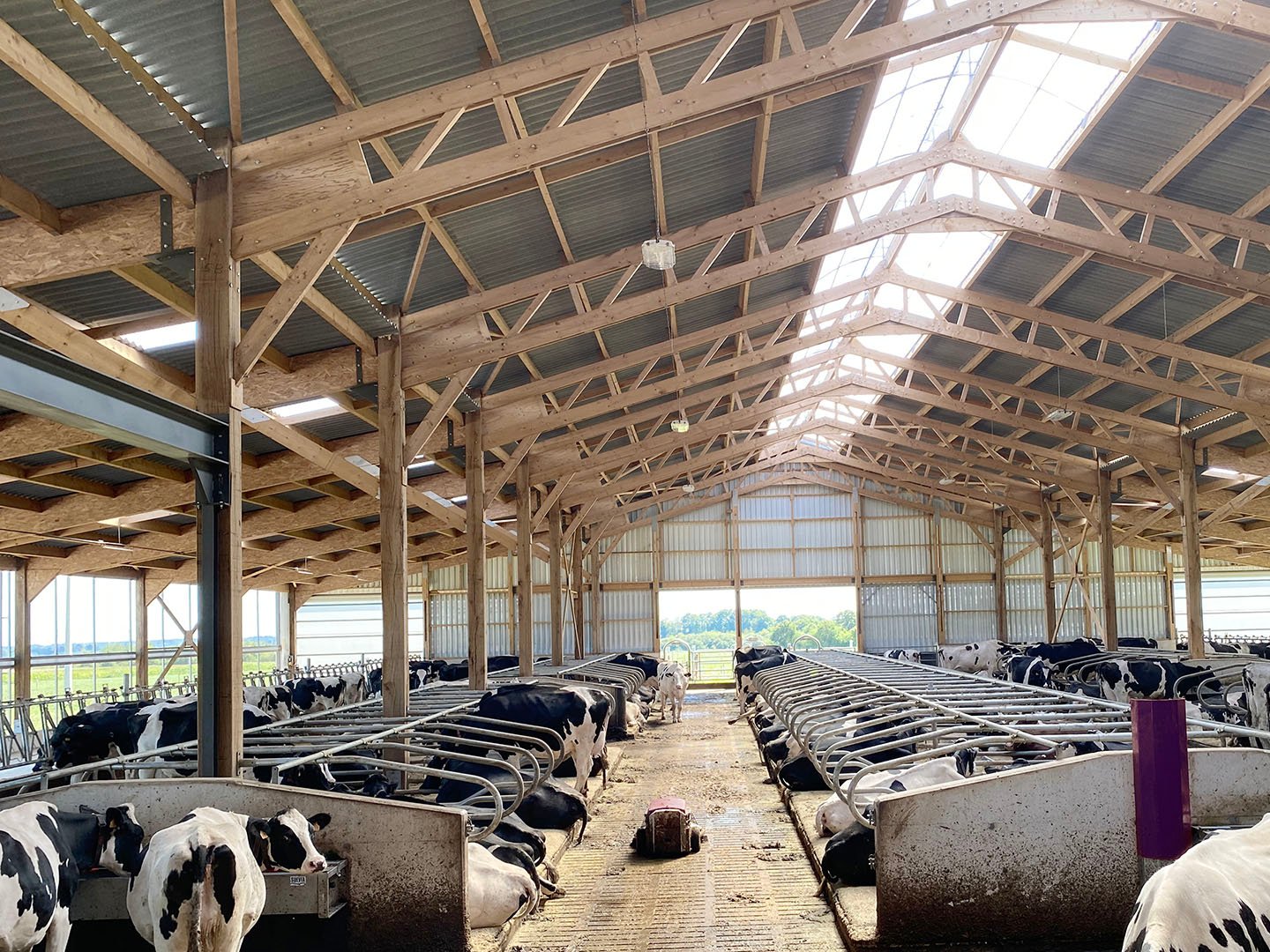
In concrete terms, a robot guided by computer vision can help the farmer in his daily tasks.
-
Animal welfare and farmer comfort
AI through computer vision can replace the surveillance of the breeder, while respecting the rhythm of the animals without disturbing them.
By equipping himself with automatic surveillance cameras, the breeder remains informed in real time of the state of health and good breeding conditions of his animals. He is then more serene and saves time in the management of his farm by devoting himself to other tasks.
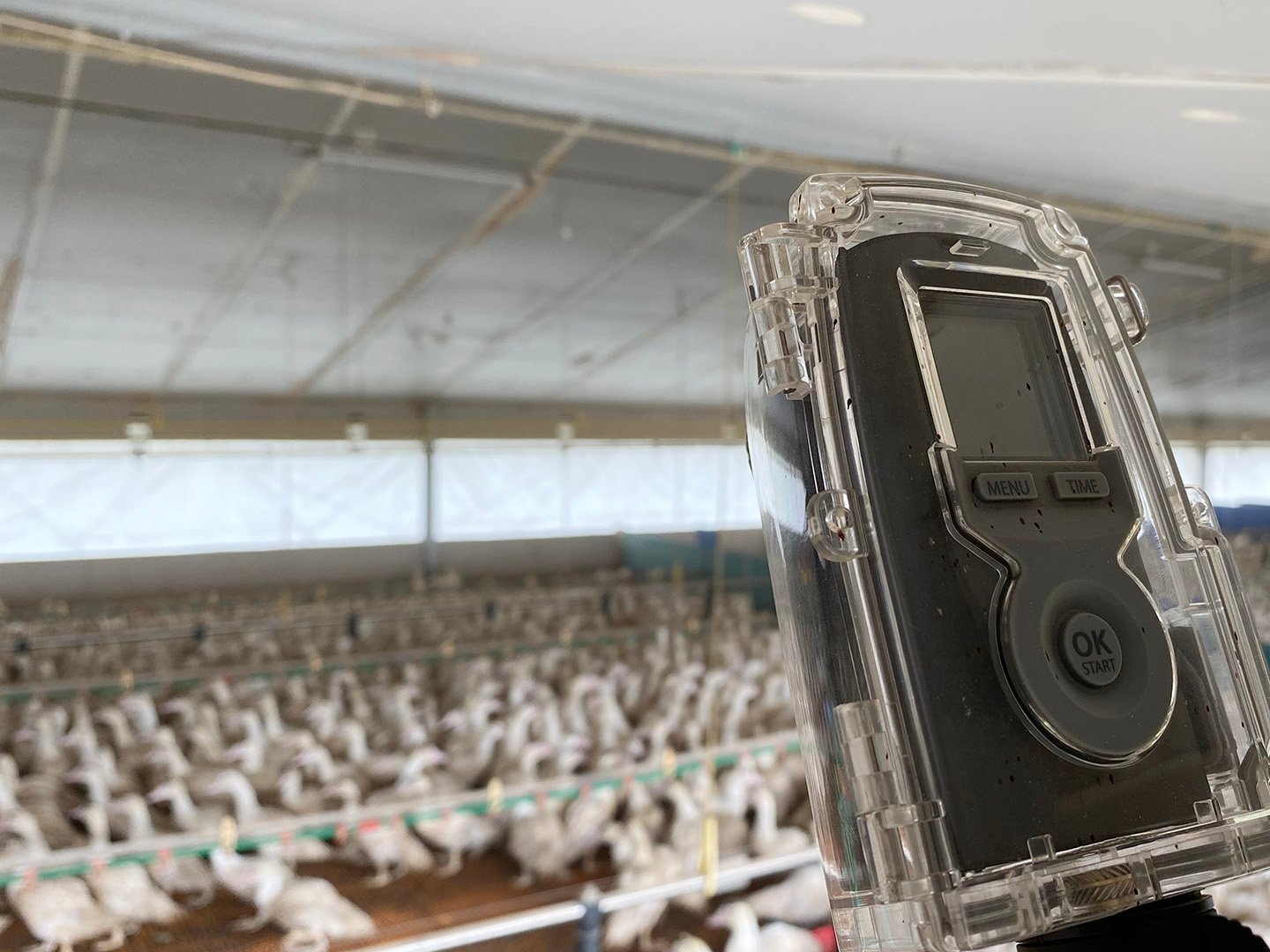
This close monitoring allows to react more quickly and to take the right measures at the right time. At the same time, it contributes to improving the technical and economic results of the farm.
-
To propose an adapted service at acceptable rates
Today, there are no technological barriers expressed by farmers. Many of them are already very well equipped with digital tools. It is rather the financial aspect that can be a brake to the use of a solution.
Instead, farmers are extremely vigilant to ensure that the use of a solution precisely meets the needs of their farm from a technical and economic perspective.
Alban adds that "many things are possible with Artificial Intelligence, but not always at a price acceptable to the farmer. Our challenge is to be able to produce financially acceptable solutions with a return on investment within 3-4 years maximum".
AI in agriculture. What we can and cannot do
AI in agriculture allows many things, but it does not allow everything! It is to answer the many questions of our customers and prospects that we have launched a blog that democratizes the uses of AI in agriculture.
For the CEO of Dilepix, "The idea is to explain in an educational way what our technology allows. We need to evangelize the concepts and explain how this technology can serve agriculture. The use of Artificial Intelligence in agriculture will not disrupt the practices of farmers, but will contribute to the technical and economic performance of farms, contribute to the comfort of work of farmers while ensuring a better income, and ensure the welfare of animals".
Dilepix's blog aims to explain to the start-up's customers (tractor manufacturers, agricultural equipment manufacturers, service or advice providers, cooperatives and veterinary groups), what it is possible to do or not to do with AI!
The need to monitor farms remotely
In this second wave of the epidemic, the virus is hitting hard and is not sparing our farmers. Even more so at this time, technicians, advisors and veterinarians need tools that allow them to keep a foot in the farm to continue to ensure optimal monitoring of farms and provide the best possible advice to their farmers. "Thanks to the solutions we are developing, they can remotely monitor and warn farmers of possible risks by sending them, for example, the appropriate veterinary product to treat the pathology detected. This will limit travel and limit the risk of contamination from one farm to another" adds Alban.
Computer vision and the use of AI in agriculture allow us to imagine a large number of applications:
- Automatic guidance of agricultural machinery and breeding robots,
- Reducing the use of pesticides through automatic detection of diseases and weeds in crops,
- Improvement of the technical and economic performance of livestock farms...
In the field of animal breeding, these applications, which provide flexibility, comfort and security for farmers' work tools, are proving to be very effective solutions for detecting pathologies or risky animal behavior (cattle, pigs, poultry, insects).
Let's remember that the start-up Dilepix does not only develop tools for the livestock industry, it also offers solutions for agricultural machinery which allow to increase the capacity of agricultural machines.
Finally, in crop production, Dilepix develops neural networks that aim to reduce the use of chemicals, but not only! They are also useful for predicting yields, mapping plots of land or determining the stage of maturity of plants in the arboriculture, viticulture, market gardening and large-scale industrial crop sectors.
💡 Learn more about us
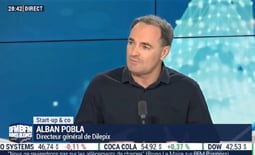
Alban Pobla Ceo Dilepix guest of Sébastien Couasnon, on the set of BFM TV for the Tech and Co program.
Click on the picture or click HERE
Emission du 28 Août 2019
